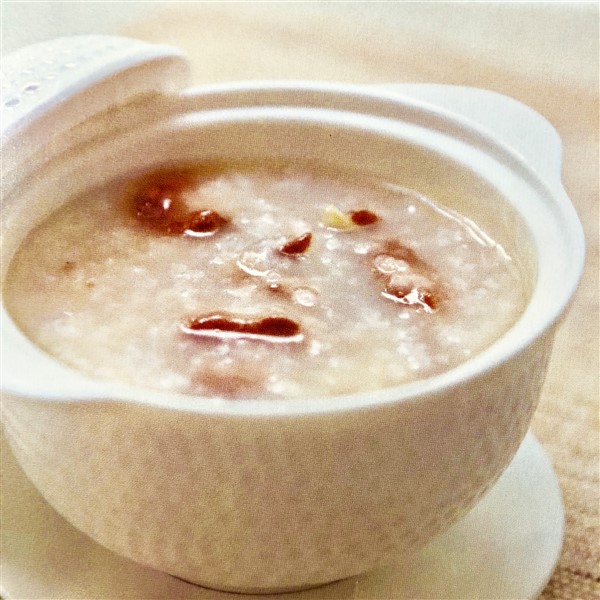Traditional Beef Congee
Sheng Gun Cooking Method and Traditional Beef Congee
The sheng gun cooking method is a technique that many Cantonese chefs excel at. In this method, uncooked ingredients are dropped into a boiling congee base. The high temperature of the congee is used to quickly cook the ingredients.
What is Traditional Beef Congee?
This traditional beef congee recipe, which makes use of the sheng gun method, is often quickly made at home. To make the dish, one only needs to knead the marinade ingredients together with fresh beef, and then add it to the thick, boiling congee. Then it just has to be boiled for a little longer over high heat before serving. This method is so simple that even novice chefs will have no problem succeeding with the dish. It is crucial, however, to select fresh beef and prepare it just for this dish. If the beef is not fresh, it will add an unpleasant flavor to the congee.

Ingredients
- 8.81 ounces (250 grams) beef
- 1/2 cup (100 grams) rice
Seasonings
- 0.17 ounce (5 grams) shredded ginger
- 1 teaspoon (5 milliliter) cooking oil
- 2 teaspoons (10 milliliter) light soy sauce
- 1/2 teaspoon (3 grams) ground white pepper
- 1/2 teaspoon (3 grams) potato starch
Cooking Directions
- Wash rice. Soak overnight in water. Remove from water and then marinate with appropriate amount of salt for 1 hour.
- Wash beef. Cut into thin slices along the direction of the grain. Add light soy sauce, cooking oil, and potato starch. Mix evenly with your hands, then add shredded ginger and mix evenly again. Let marinate for 15 minutes.
- Add the water used to soak the rice from step 1 to clay pot. Add more water as needed and bring to rolling boil over high heat. Add marinated rice and bring to boil, then reduce heat to low and cook until dense and thick. Adding rice after the water is boiling prevents it from sticking to the bottom.
- Add beef to pot slice by slice. Stir rapidly. Add ground white pepper. Raise heat to high and boil until beef changes color, then turn off heat.
- Tip: If you add the beef in all at once, they may not cook evenly.
You may also like: